August 1, 1944 – The Warsaw Uprising Begins, Part 1

80 years ago today, on August 1, 1944, the Warsaw Uprising began.
“At exactly five o’clock, as planned, a wave of explosions and bursts of automatic rifle fire set off the Uprising throughout the city. In the midst of the dust and fire, white and red flags (not seen since 1939) were raised along the streets and fluttered from windows and rooftops to hail this great moment.” Julian Kulski, The Color of Courage—A Boy at War: The World War II Diary of Julian Kulski, p. 263.
Two Uprisings in Warsaw.
Many people don’t realize that during World War II there were two big uprisings in Warsaw against the Germans:
– the Warsaw Ghetto Uprising, April 19 to May 8, 1943. Check out our 4-part series of blog posts about the Warsaw Ghetto Uprising, here, here, here and here.
– the Warsaw Uprising (aka 1944 Warsaw Uprising, and Warsaw Rising), August 1 to October 2, 1944.
Background: Germans Retreating from Soviet Advance.

By the summer of 1944, the Soviets had pushed the Germans out of the Soviet Union and were advancing westward. As weary German soldiers started retreating westward through Poland, the Polish Underground could see the Soviet army following them.
Although the Soviets had joined the Allies after Germany invaded the Soviet Union in June 1941—and were therefore also technically allies of Poland—they had their own agenda which called for taking over Poland and the rest of Eastern and Central Europe once the Germans were defeated.
Poland had been under German occupation for nearly five years. Rather than wait for imminent “liberation” by the Soviets, the Polish government-in-exile approved the plan for a general uprising in Warsaw to defeat the German occupiers, which would enable the Poles in the Polish capital Warsaw to greet the Soviets from a position of relative strength.
As the Soviet forces reached the outskirts of Warsaw, on July 31, 1944 General Tadeusz Bór-Komorowski, commander of the Home Army (Armia Krajowa, or AK), gave the order to commence the Uprising at 5 p.m. the next day, August 1, 1944.
Soviets Fail to Assist the Home Army.
While the Polish Home Army soldiers fought a desperate two-month battle in Warsaw against overwhelming German forces, the Soviet army (the Poles’ so-called Allies) camped just across the Vistula River within sight of the fighting. The Soviets ignored the Polish appeals for reinforcements and supplies. Indeed, Stalin even refused to let planes of their other Allies such as the U.S. and Britain to land and refuel on Soviet territory, limiting the amount of aid those Allies could provide to the Poles. Instead, the Soviets waited for the Germans to annihilate the Home Army.
Home Army Fights Fiercely, But Finally Capitulates.

The Warsaw Uprising was the single largest military effort taken by any European resistance organization during the war. The Home Army had some initial successes, but the Germans soon rushed reinforcements to Warsaw.

The fighting was some of the most brutal and vicious urban warfare ever seen. Ferocious battles were fought for every block and every building.

By the end of September 1944, it was clear that the Home Army could not defeat the Germans. Bór-Komorowski signed the capitulation order on October 2, 1944.
The surviving Home Army soldiers became POWs in German prisoner-of-war camps, civilians were told to leave the city, and Hitler gave the order to destroy whatever remained of Warsaw.

Was It Worth It?
People still debate whether the decision to begin the Warsaw Uprising was the right one, in light of the devastation that resulted: more than 200,000 Polish civilians and soldiers killed, wounded or missing, and total destruction of the city. On the other hand, the Polish government-in-exile and Home Army leaders felt that they had to risk it, because the alternative was to allow the Soviets to “liberate” the city—which might have had a similar result, since the Soviets would have been fighting the Germans in the city, and would have taken every opportunity to eliminate any Poles they saw as potential postwar anti-Soviet leaders.
The Warsaw Uprising Museum.
The Warsaw Uprising Museum opened in 2004 at the 60th anniversary of the Uprising. It sponsors research into the history of the Uprising, and the history and possessions of the Polish Underground State. It collects and maintains hundreds of artifacts—ranging from weapons used by the insurgents to love letters—to present a full picture of the people involved. The museum is well worth a visit if you come to Warsaw!

Check out this flyover by the Polish Air Force at 5 p.m. on August 1, 2024, commemorating the 80th anniversary of the beginning of the Warsaw Uprising (posted on Twitter/X by the Museum):

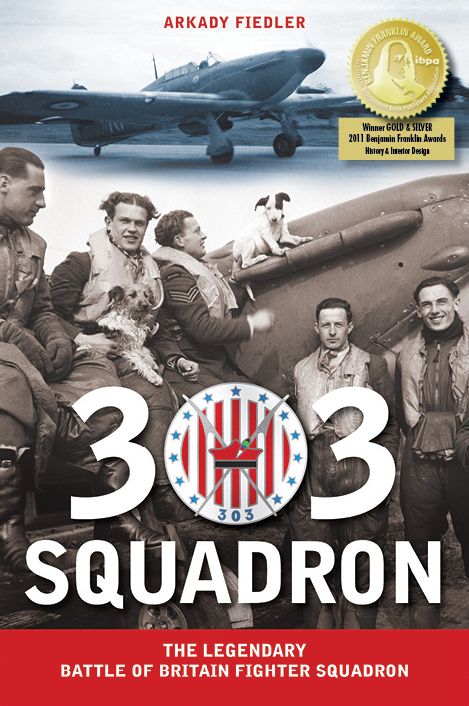
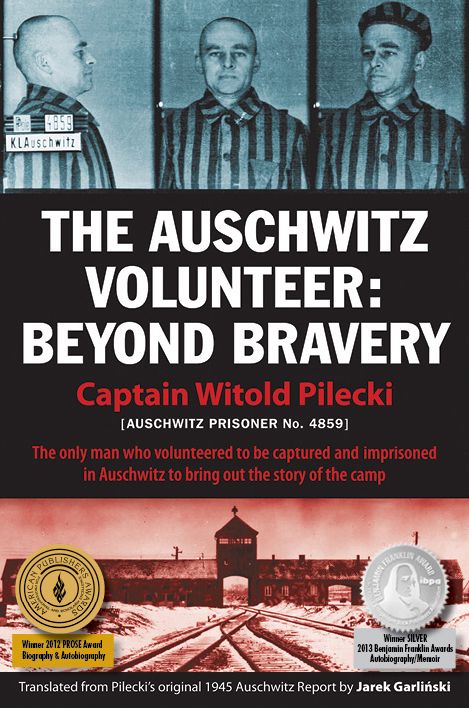
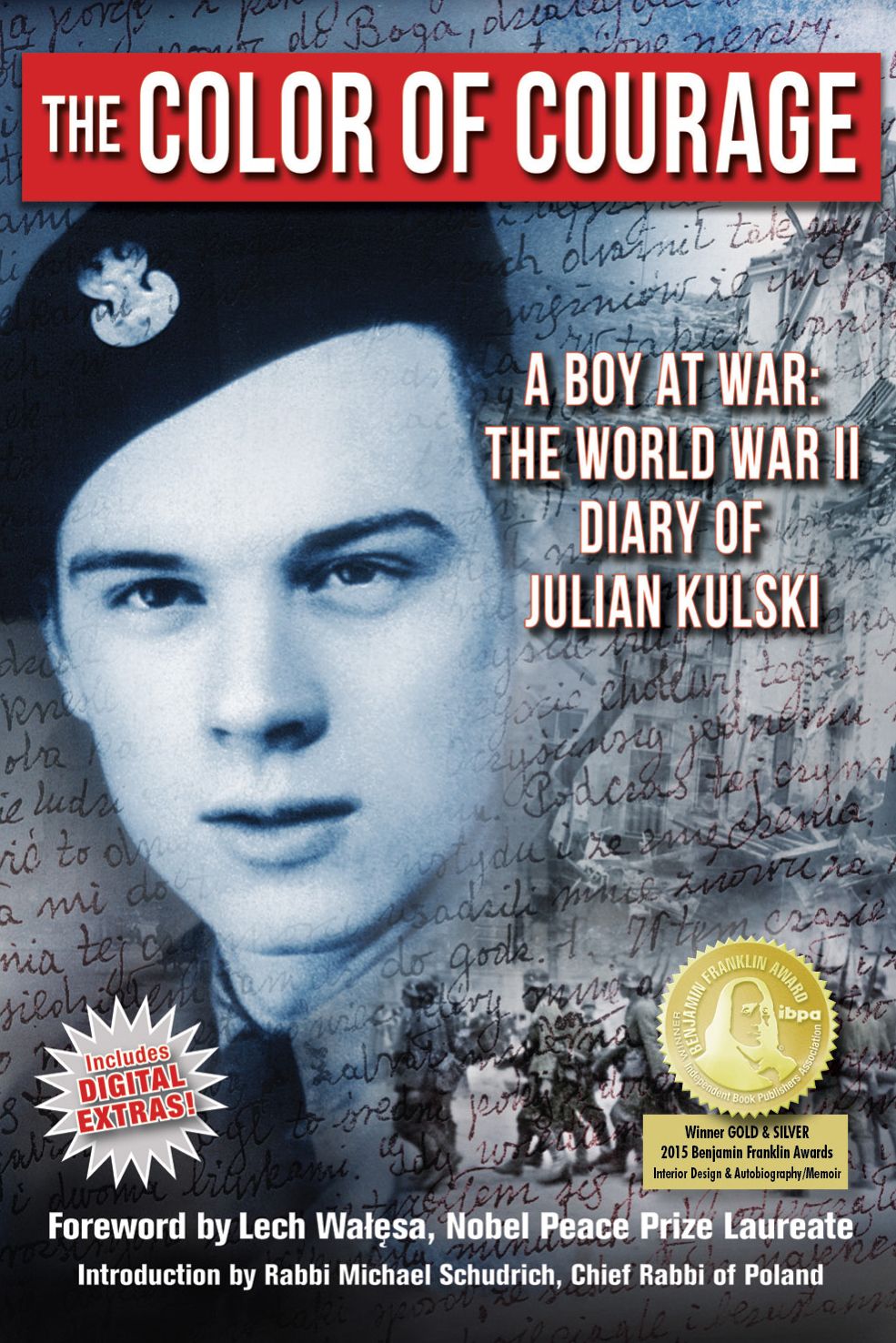

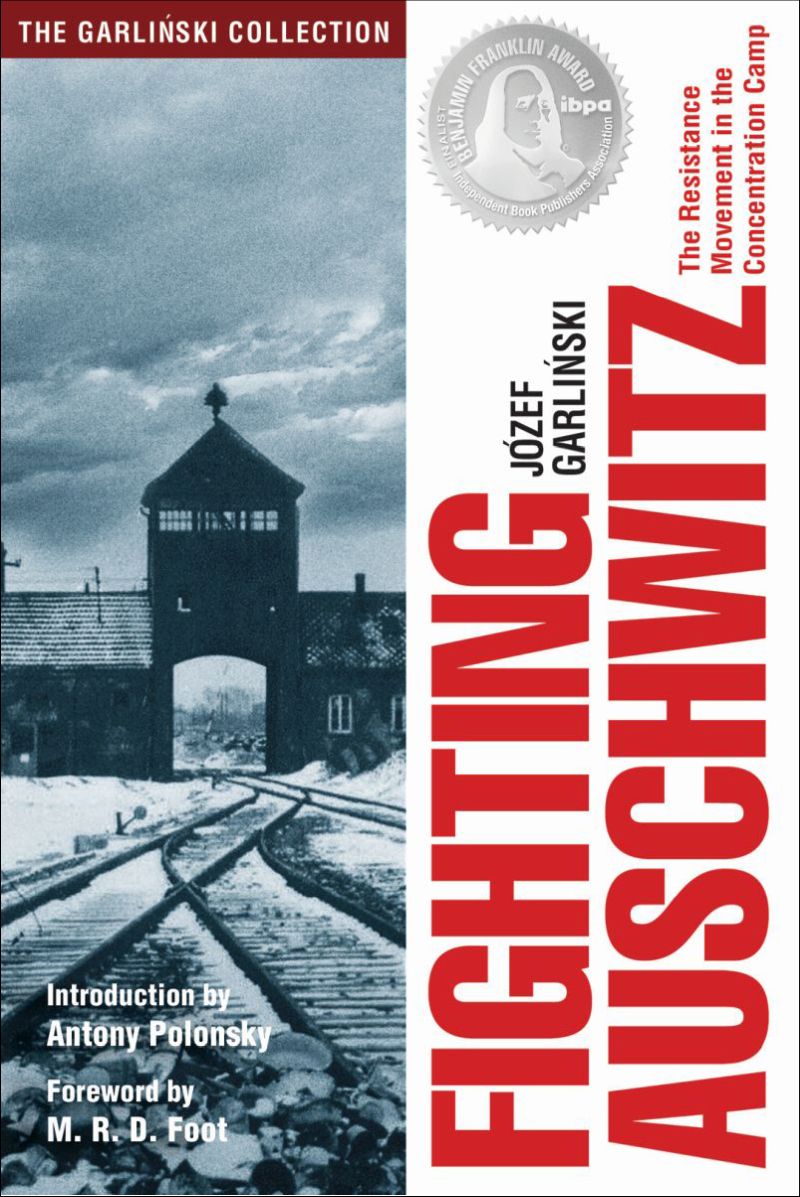
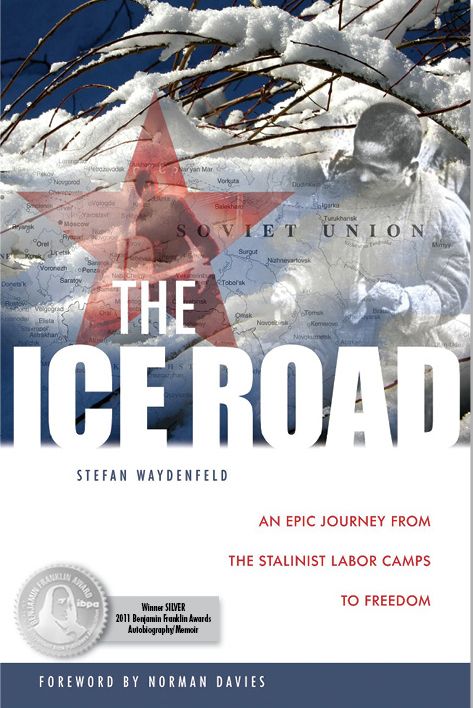
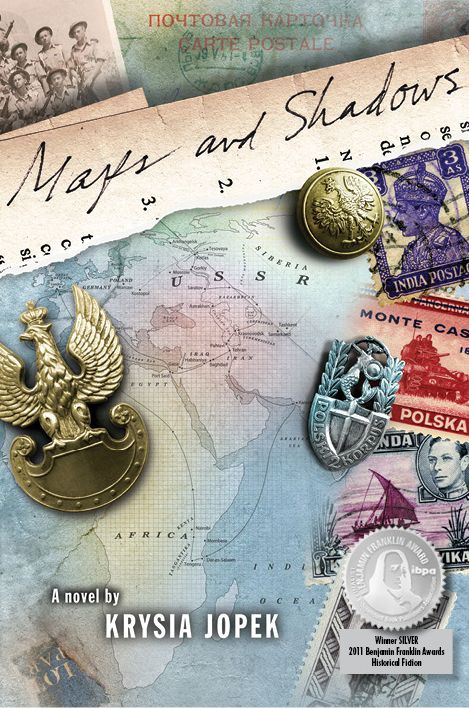
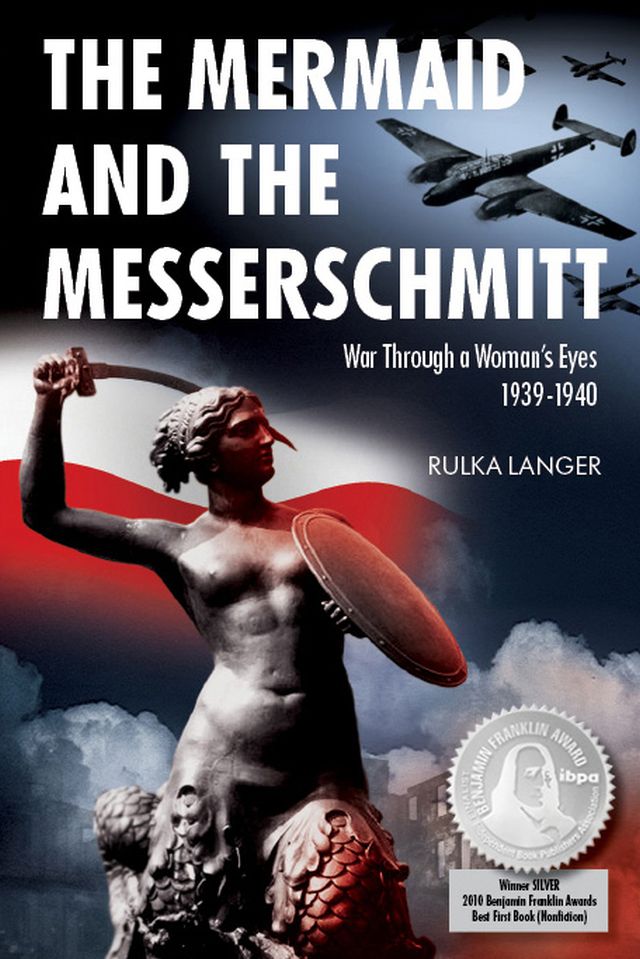
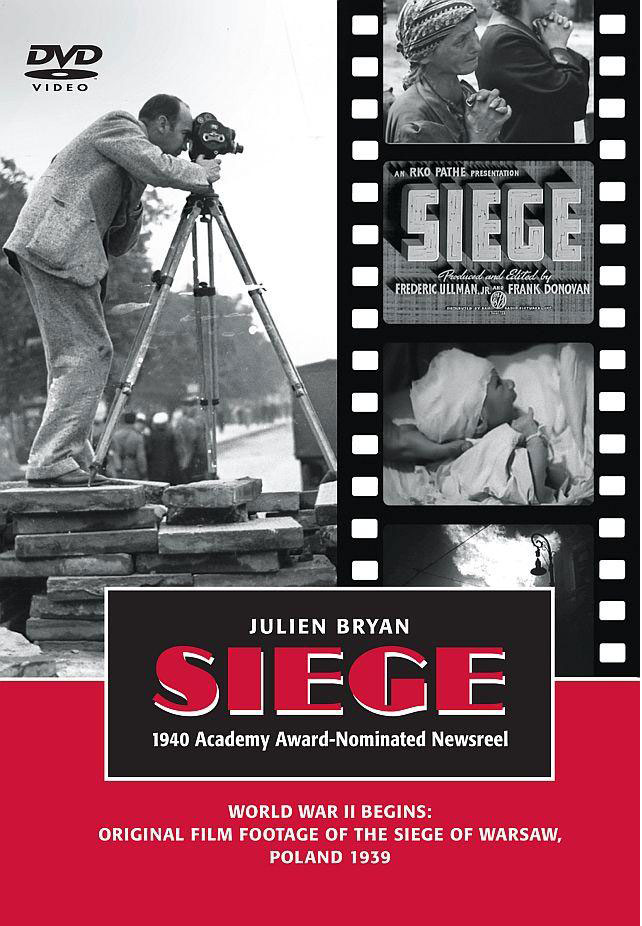
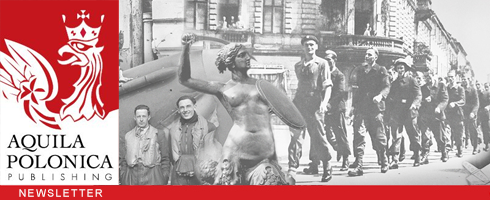

No comment yet, add your voice below!